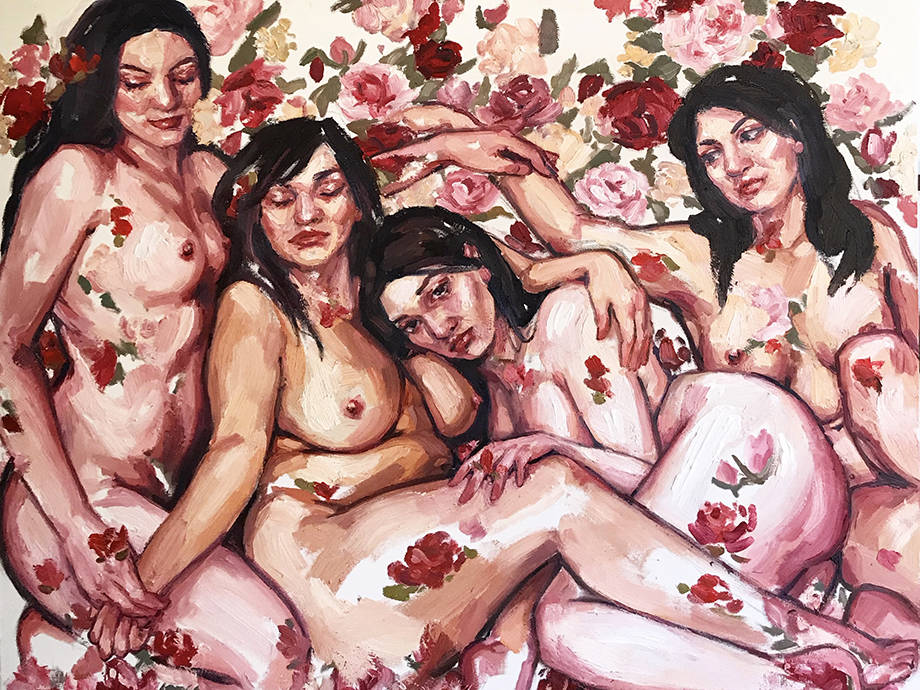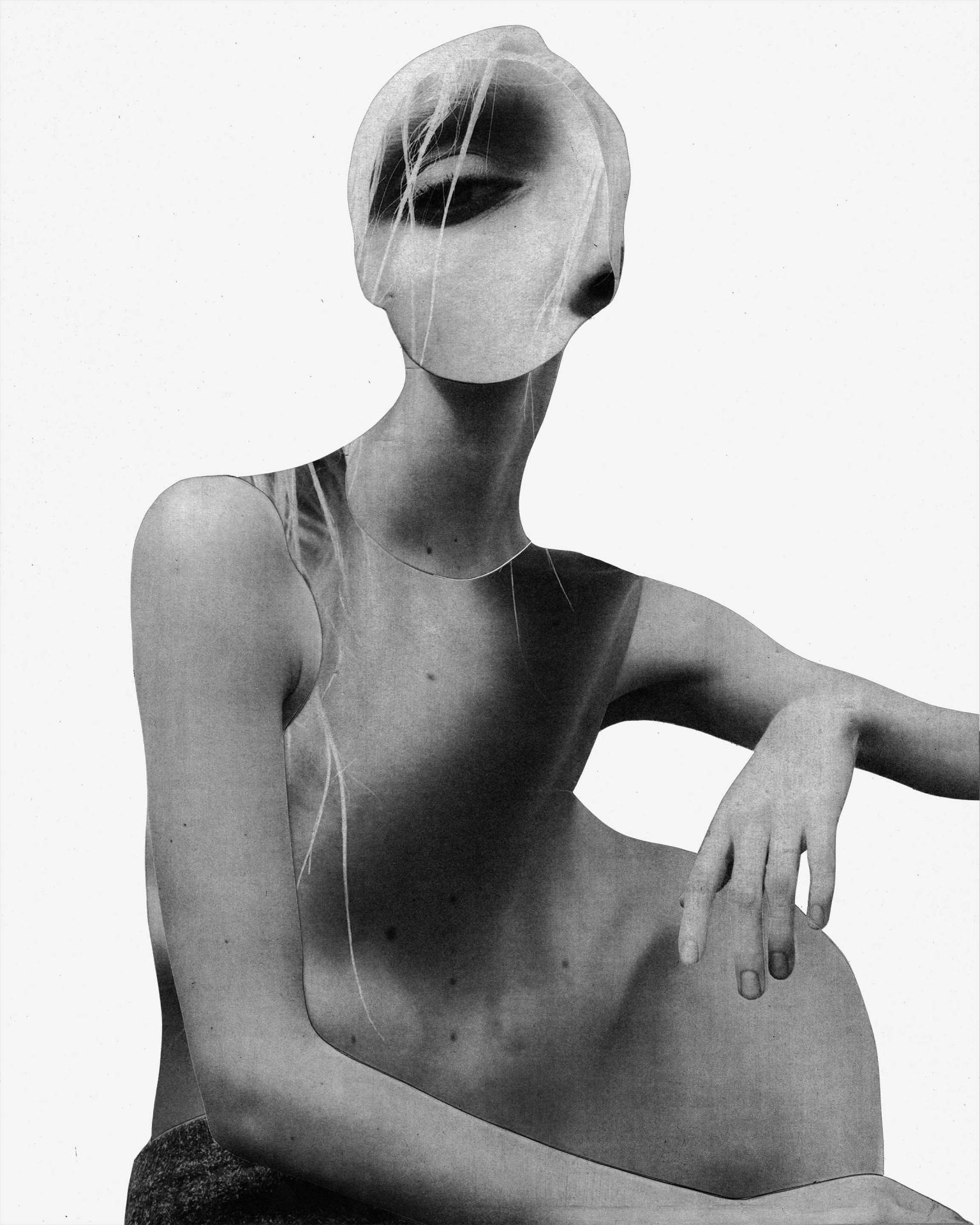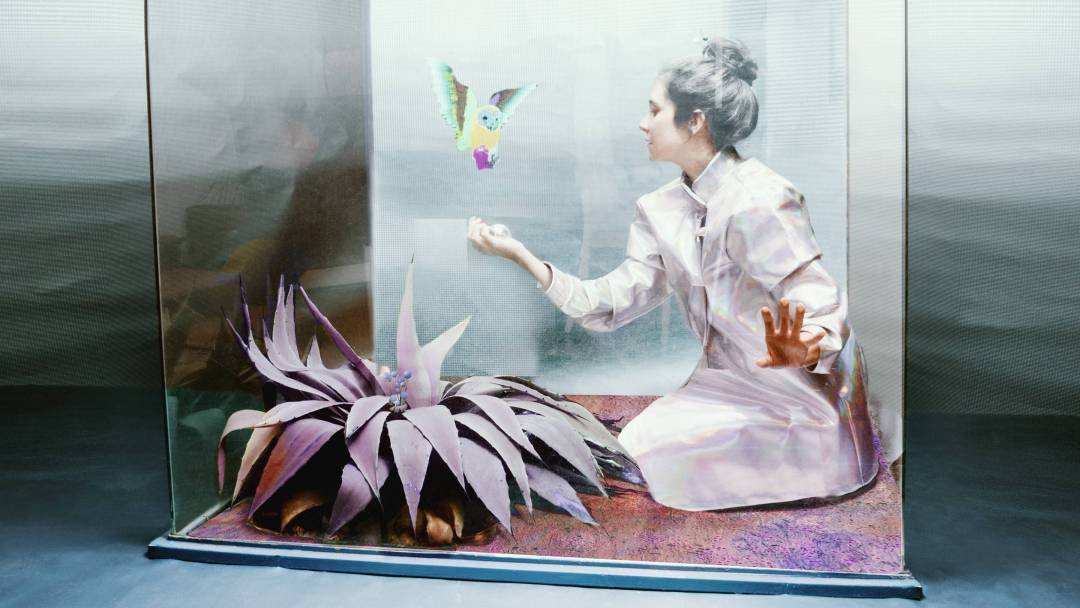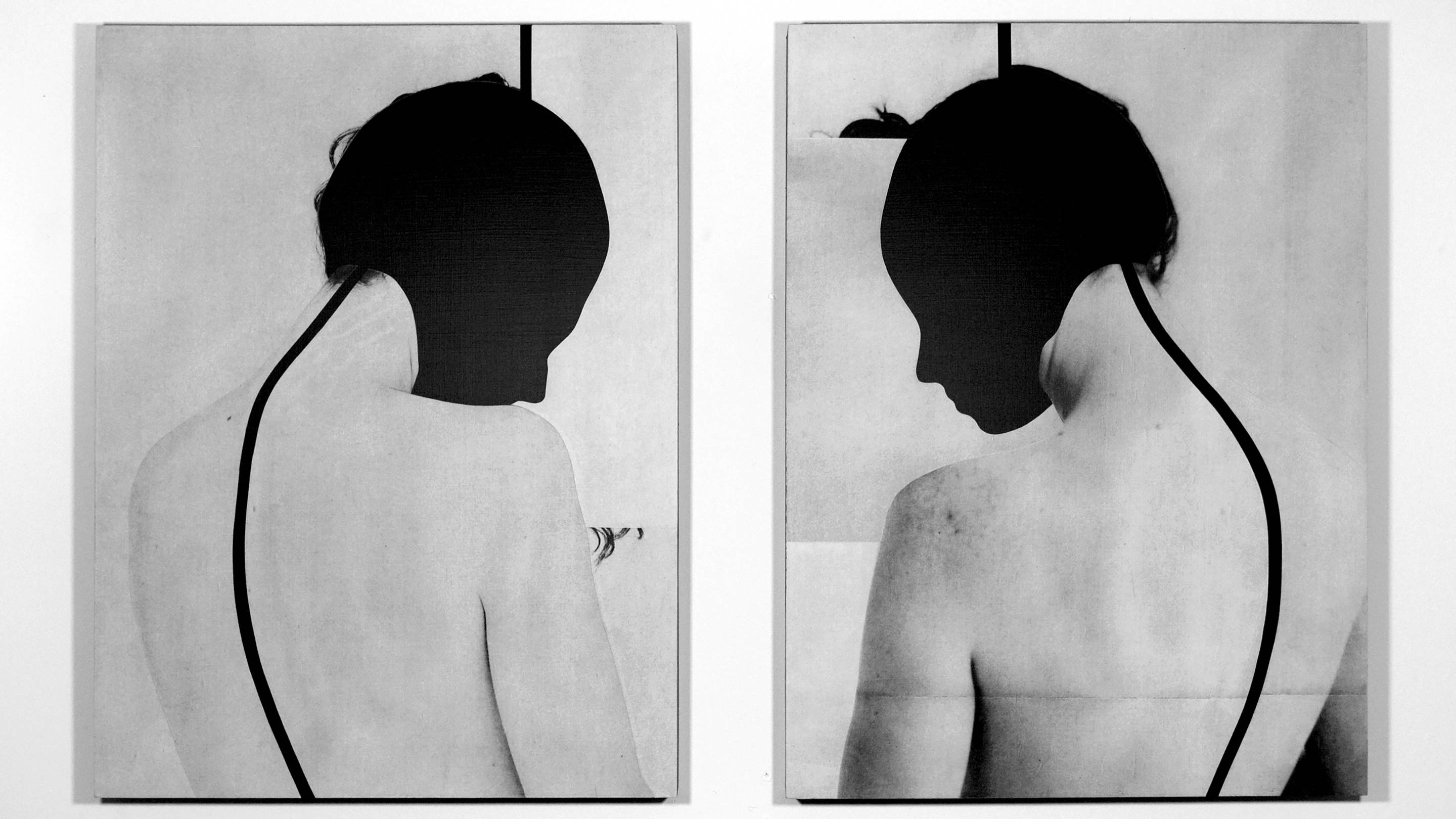
The Beauty of Abstraction
Artist Jesse Draxler discusses mutating the human form and questioning the known
To encounter the work of artist Jesse Draxler is to encounter the known unknown. Draxler creates and uses the human form, a touchstone to ground the eye, to reveal that all that you are looking at is not what it seems.
“This is a question I ask myself often,” the Los Angeles dweller responds when I ask him about the inspiration behind this very specific technique. “I never have an answer that satisfies me.” The key to his making lies in universality, in working from the body out, using the self to create other selves: he brings humans to the human by way of the inhuman. “Everyone has a body,” he explains. “If you’re reading this you have a body…probably. So, when you abstract or deform the body, it is an immediate signifier. I appreciate that immediateness.”

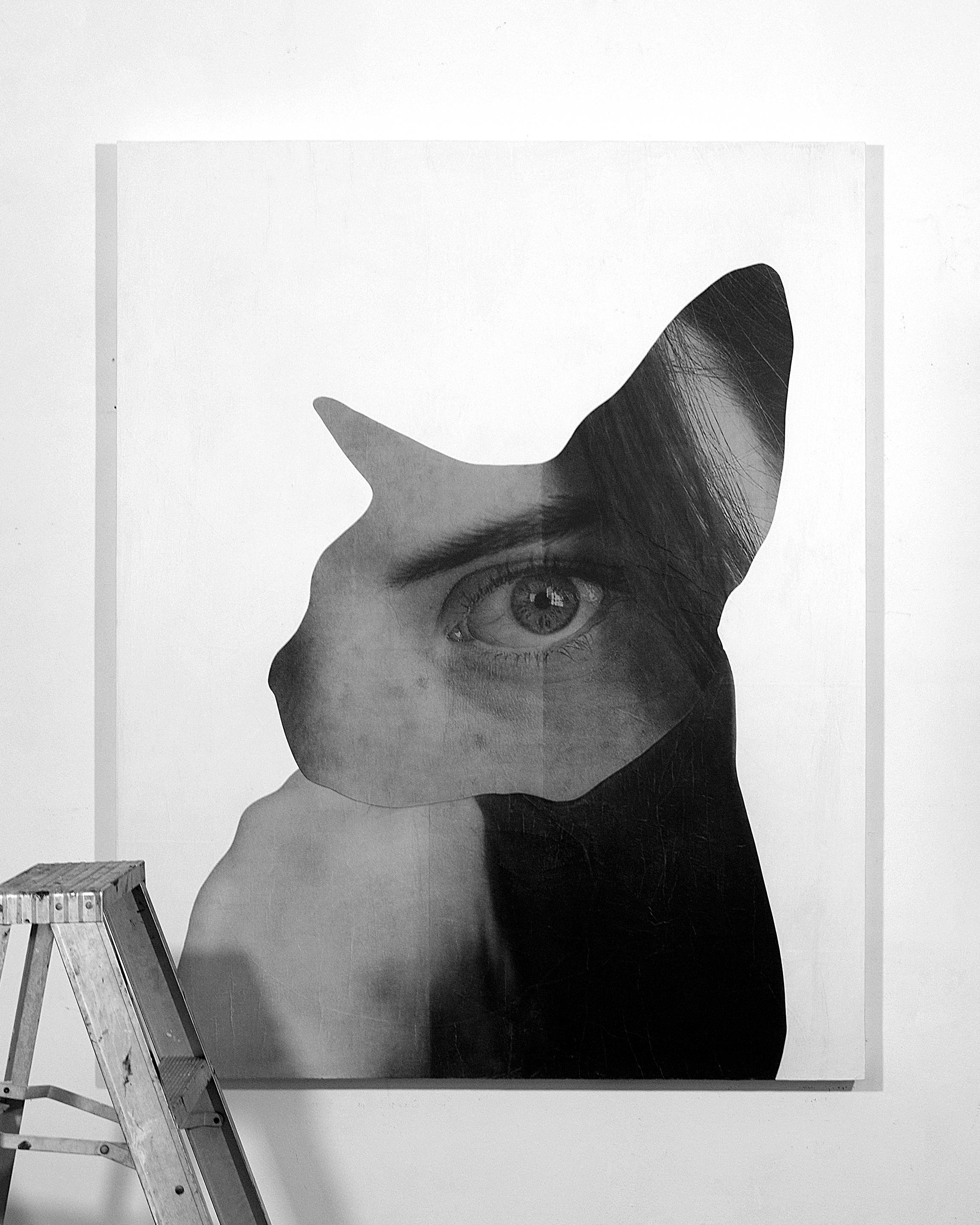
He constantly asks himself, "What does the viewer think they know?" And then he works to test that theory, letting images and ideas come to him.“My strengths lie more in chance, or creating situations for things to play out.” he explains. Such an approach—to let the future of each work, and his career, unfold naturally—has proven successful enough. Last year's commissions included MCQ for Alexander McQueen, The Atlantic and The New York Times.
This is a process of timing, reacting versus acting, of playing things as they lay. Unsurprisingly, his dark, mysterious palette has had a similar path: he’s been distilling a style over time—and doing what is natural for him. “I went through a long phase of wanting to shed anything that was not essential, both in my life and in my work, not that there’s any difference,” he says. “I’m also color blind/color deficient so it felt pretty natural. It never felt like a big decision I was making.”
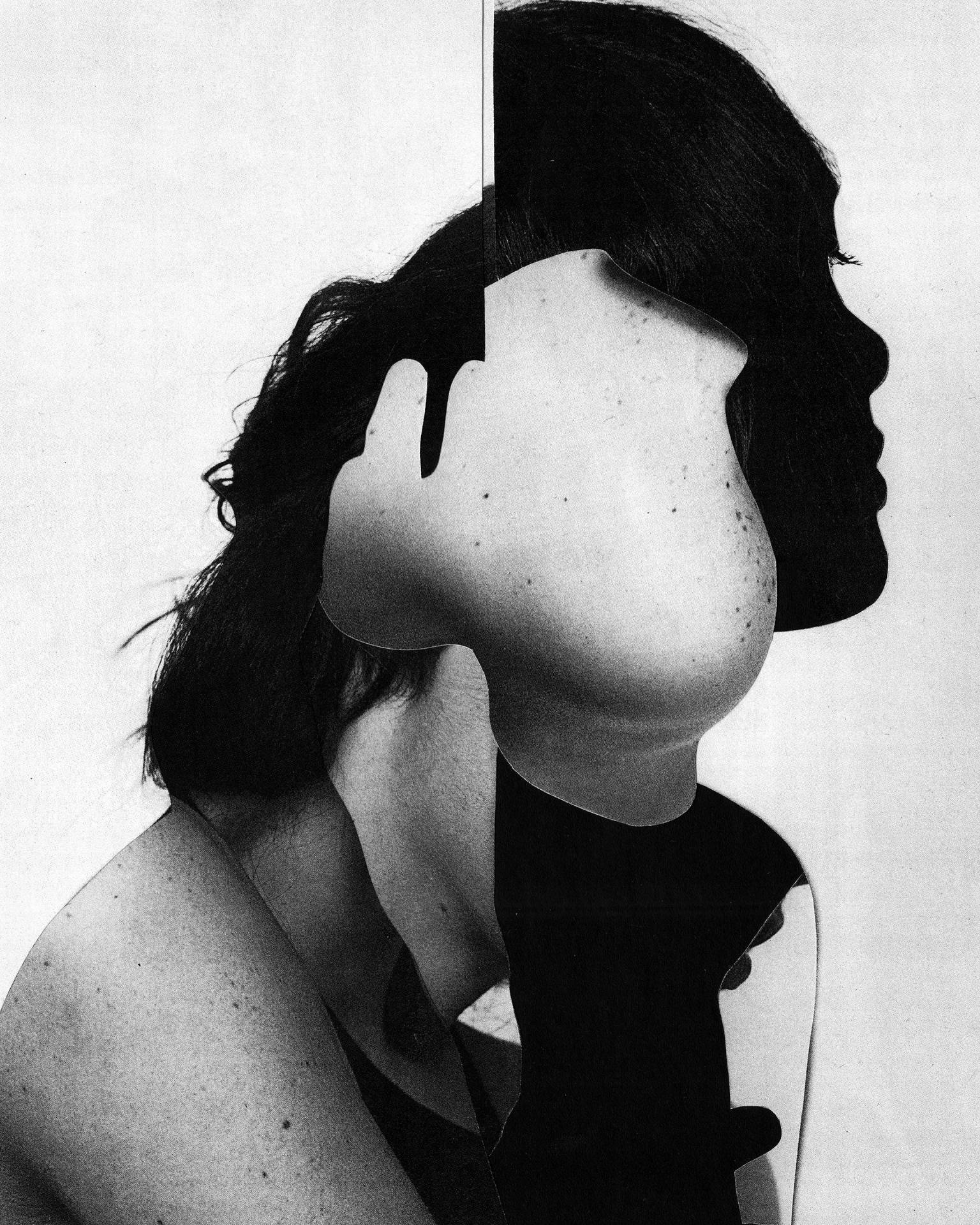
Like color, Draxler’s inspirations and collaborations seem to overlap in an interesting way. A great example of this is the work of Franz Kafka, a legendary existentialist who inspires Draxler with the fusion of the real and the surreal to comment on the human condition (anxiety, self-knowledge, etc). Kafka has no doubt inspired Draxler's work and then he was called upon to commission reproduced covers of the author's most beloved works. “Being inspired by Kafka and then having my work in turn used to represent his work is one of the more satisfying things when it comes to commissions,” he says.

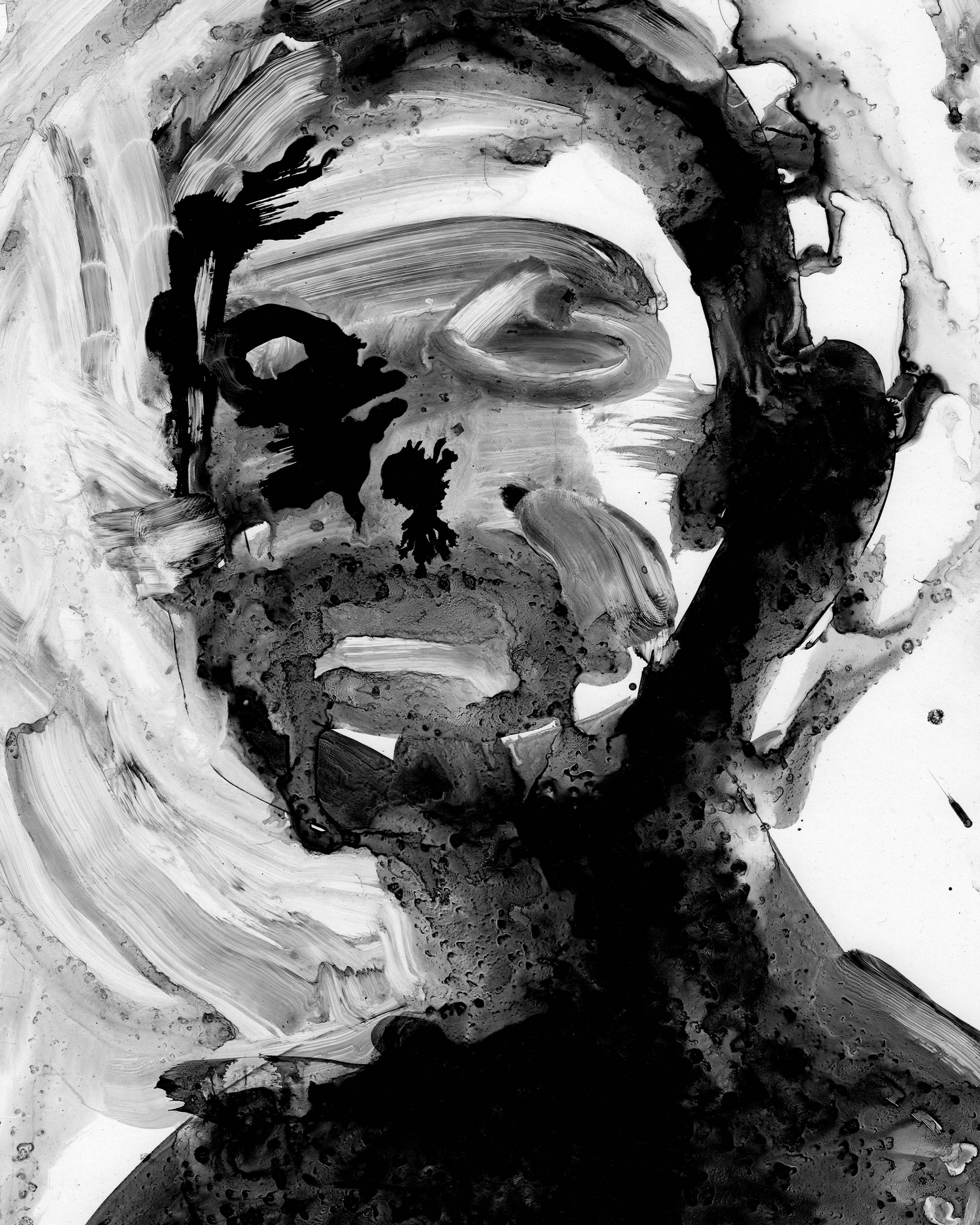
“Abstraction represents a situation in a much more visceral way than what would be considered a real representation,” he explains. “I’m much more drawn to work that makes me feel something than recognizing the likeness of something else. Abstraction is the language of the unconscious, the inner-verse, the imagination—realities of their own that I know at least I spend most of my time within.”
“Those worlds can be more real to me than what is sometimes referred to as consensus reality,” he says.
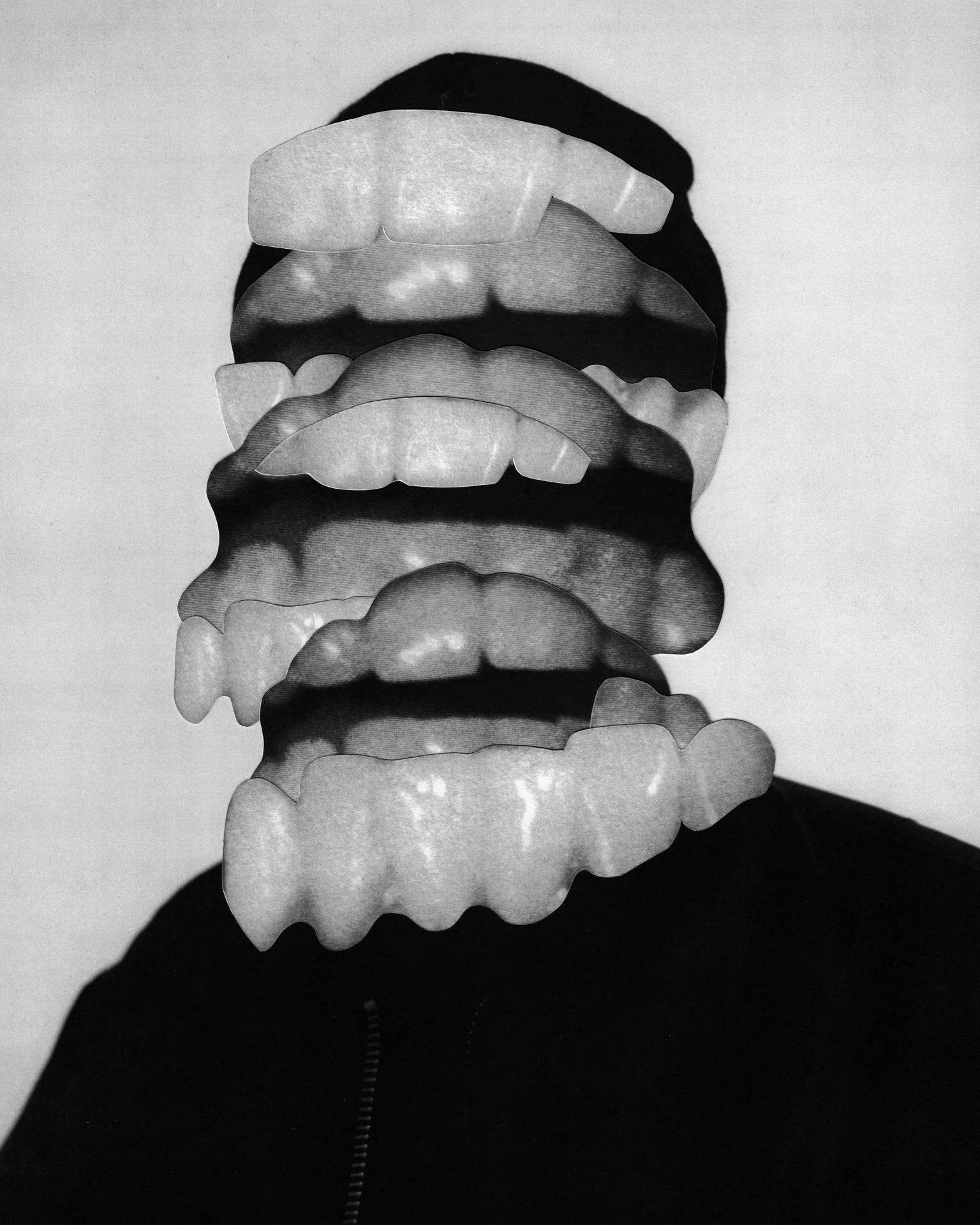
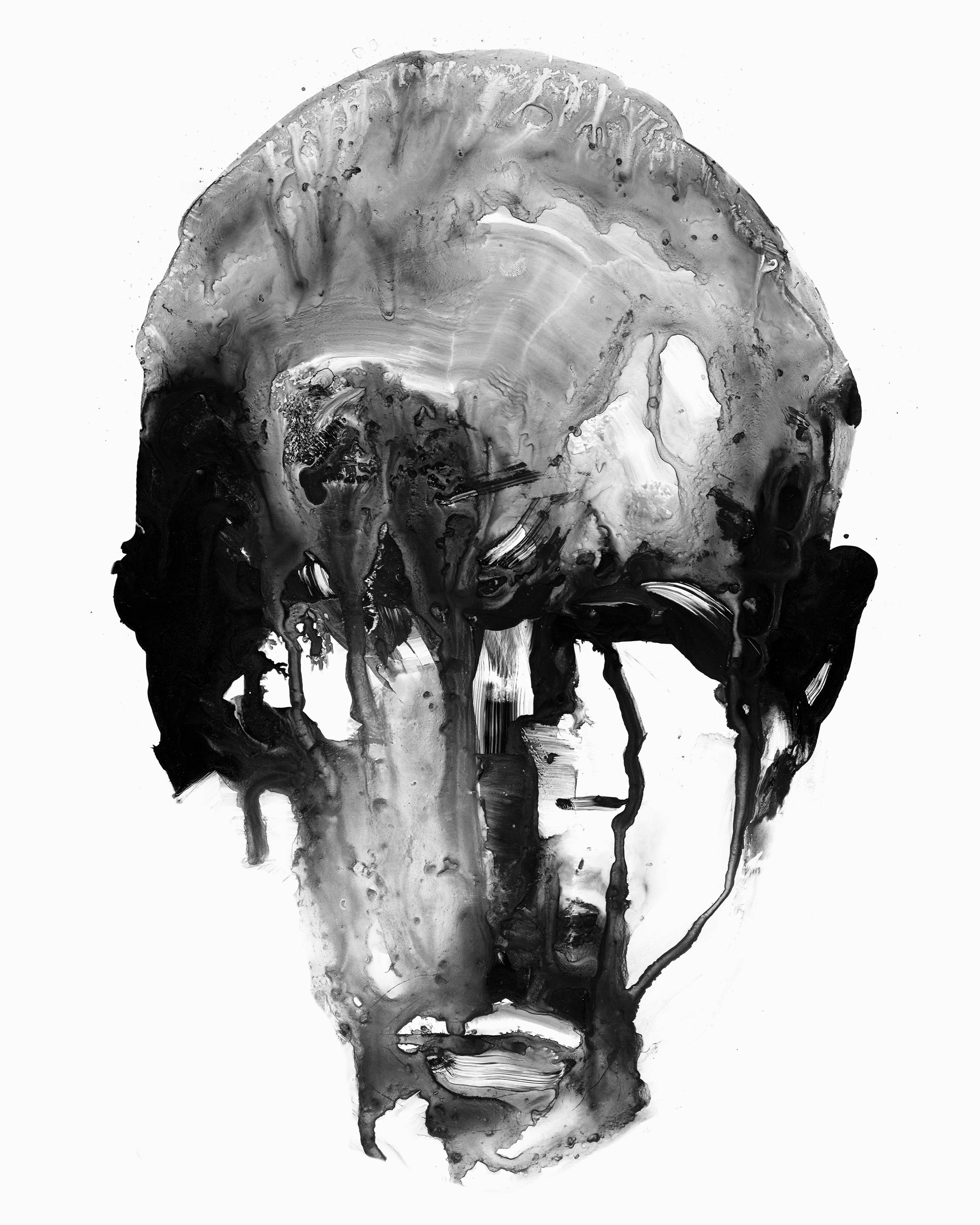

Artist Elly Smallwood Lets Curves Lead
Elly Smallwood discusses the female gaze and her vulnerable creative process
